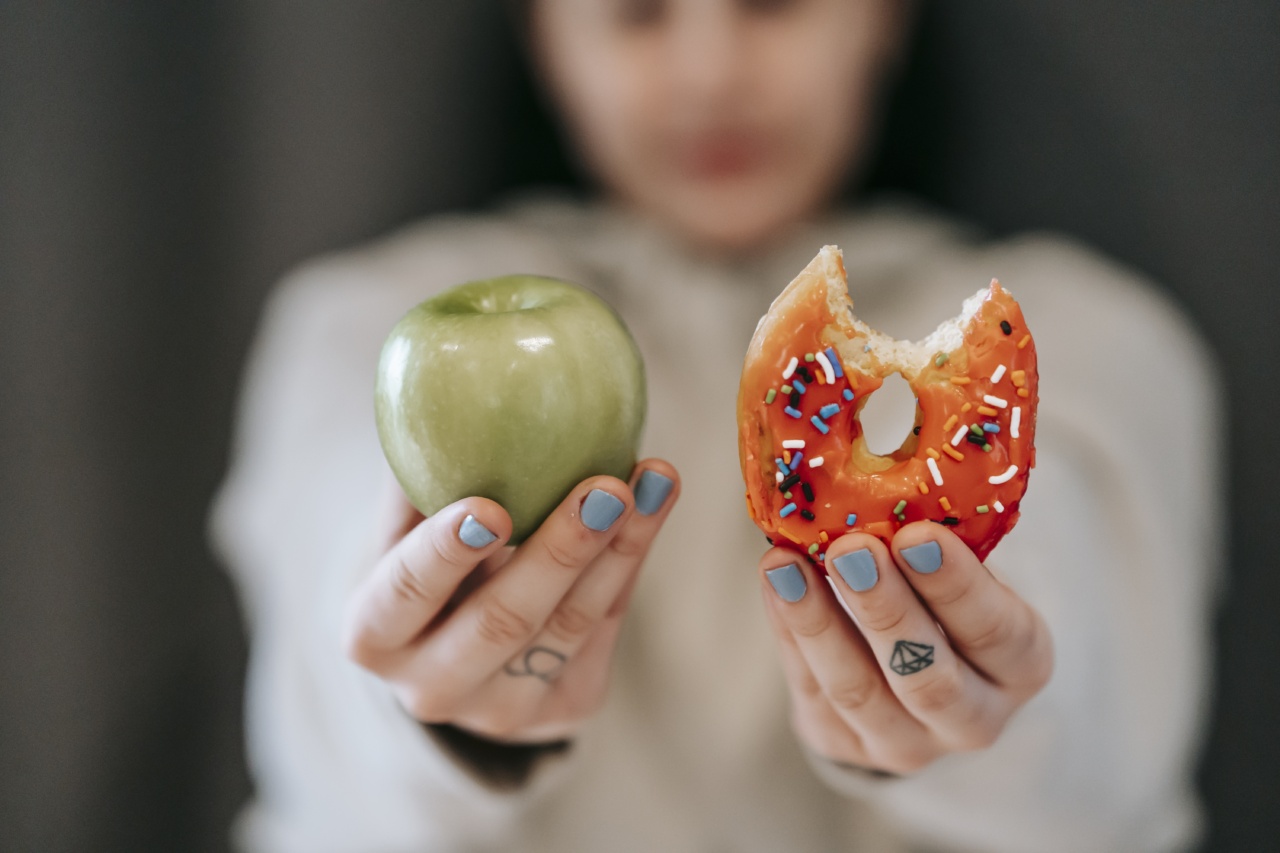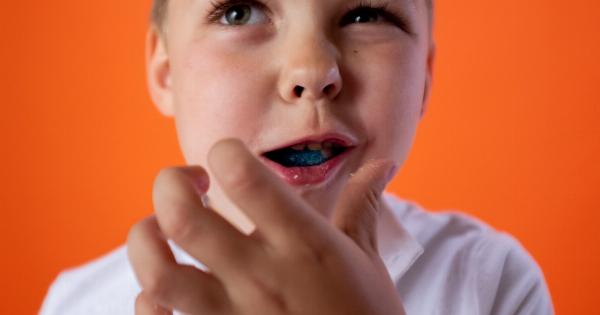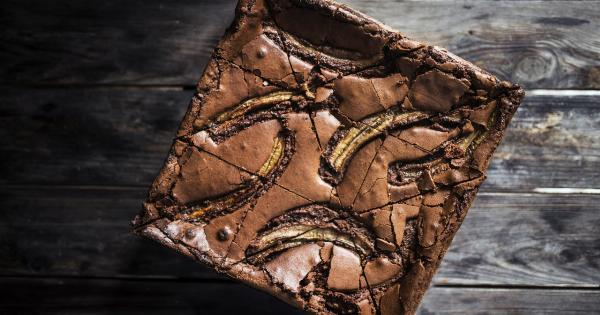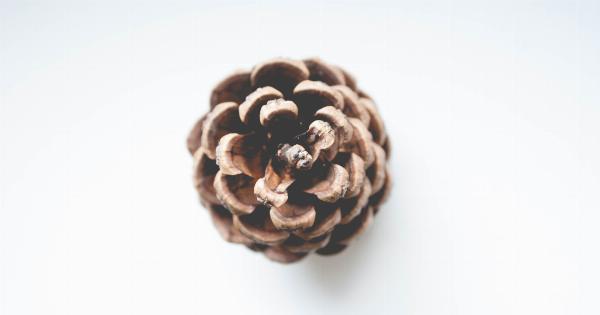It’s common to experience sweet cravings during certain seasons, with most people associating it with winter and the holiday season. However, some individuals may experience sweet cravings in the summer or all year round.
Sweet cravings can be intense and hard to resist, but have you ever wondered why we have sweet cravings, particularly during certain seasons? The science behind sweet cravings during certain seasons is fascinating! This article explains why we crave sweets, what factors influence sweet cravings during certain seasons, and how to control sweet cravings.
Why do we crave sweets?
Sweets are one of our favorite foods, and it’s not just because they taste good. Sweets have several biological and physiological effects on us that explain why we crave them.
Sugar rush
When we eat sweets, our brain releases dopamine, a neurotransmitter associated with pleasure and reward. This dopamine release makes us feel happy, which can intensify our cravings for sweets even more.
Eating sweets causes a surge of glucose, which is a key source of energy for our bodies. This sugar rush can give us an energy boost and make us feel more alert and focused.
Evolutionary reasons
Our sweet tooth may have evolved for survival reasons. Early humans relied on sugar-rich fruits for essential nutrients and energy. The sweet taste signaled that the fruit was ripe and abundant, making it a valuable food source.
Therefore, our bodies have learned to crave sweets as a survival mechanism.
What factors influence sweet cravings during certain seasons?
Various factors can affect our sweet cravings, including age, stress, hormones, and sleep. However, there are several seasonal factors that could increase our desire for sweets during specific times of the year.
Cold weather
During colder months, our bodies work harder to stay warm, burning more calories in the process. As a result, we crave foods with higher caloric content, such as sweets.
Eating sweet foods can provide a quick energy boost and help keep us warm in colder months.
Holiday season
The holiday season is often associated with sweets. We indulge in holiday treats such as pumpkin pie, gingerbread cookies, and candy canes. The availability and variety of sweets during the holiday season can intensify our cravings for sweet foods.
Summer season
In the summer, we may crave sweets due to the heat. Sugary drinks and desserts can provide temporary relief from the heat. Ice cream, popsicles, and cool sugary drinks are common treats during the summer months.
Furthermore, summer also means more parties and social events, which often involve sweet treats and desserts.
How to control sweet cravings
Sweet cravings can be overwhelming, but there are several strategies to control them.
Eat fruits
Fruits are natural sources of sugar and can satisfy our sweet tooth without the negative effects of added sugars. Fruits are also rich in fiber and essential nutrients, making them a healthier alternative to sweets.
Drink water
Staying hydrated can reduce sweet cravings. Sometimes, our body may mistake thirst for hunger or sweet cravings. Drinking water can help us stay hydrated and reduce our urge for sugary drinks and snacks.
Get enough sleep
Lack of sleep can cause imbalances in our hormones, increasing our cravings for sweets. Getting adequate sleep can help regulate our hormones and reduce sweet cravings. Aim to get at least seven to eight hours of sleep per night.
Practice mindfulness
Mindfulness can help us become more aware of our cravings and choose healthier alternatives. Instead of reaching for sweets automatically, we can take a moment to assess why we are craving sweets and make a conscious decision on what to eat.
Conclusion
The science behind sweet cravings during certain seasons is complex but fascinating. From evolutionary reasons to seasonal factors, several factors can influence our sweet cravings.
While it’s okay to indulge in sweets occasionally, sweet cravings can become problematic if they interfere with our health or daily life. Therefore, it’s essential to control sweet cravings by practicing healthy habits and choosing healthier alternatives.































